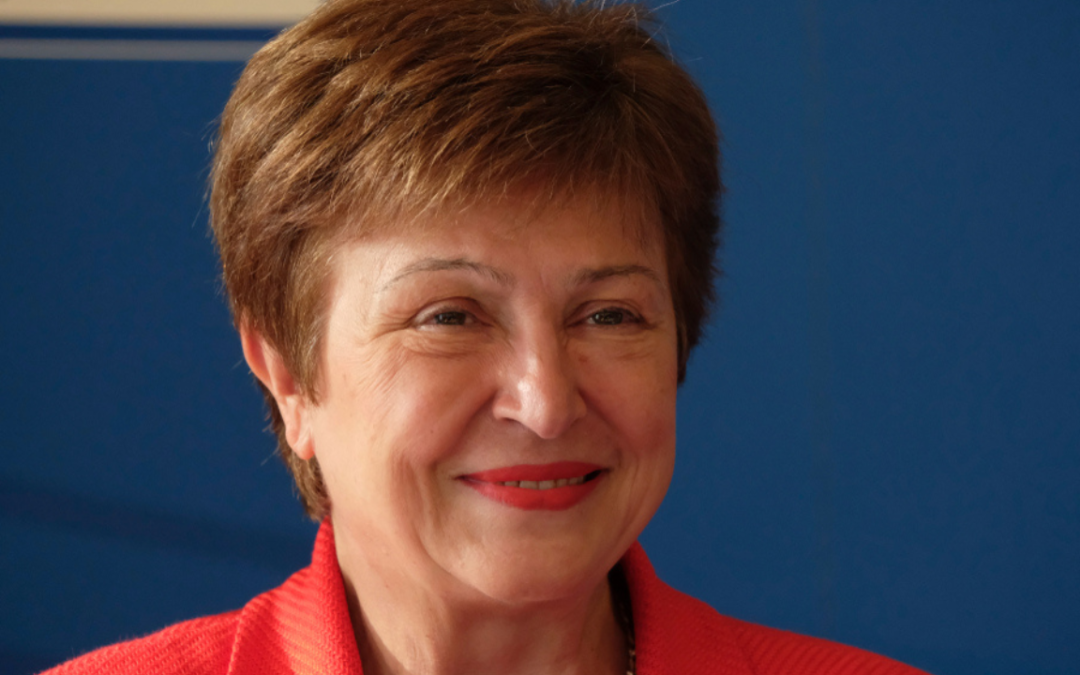Recently China, Russia, and Cuba won seats at the United Nations Human Rights Council (UNHRC). In light of their abysmal track records in that department this was heavily criticised, particularly by organisations like Human Rights Watch.
Why should investors care? For one, because human rights belong to the “Social” principle in ESG investing. ESG investing involves selecting securities based on Environmental, Social, and Governance criteria.
Also known as responsible or sustainable investing, ESG is gaining popularity. In a best-case scenario PwC anticipates ESG funds could outnumber conventional funds by 2025. NN Investment Partners estimates that the green bond market, currently about €660bn in size, will grow to €2tn by 2023. Many hope that ESG investing, by nudging companies and governments, can help improve the world’s ESG conditions overall.
I do, too, but with caveats.
ESG investing offers interesting cognitive challenges to the ideal of homo economicus. In principle, it aligns non-monetary values of assets to personal or social values. That makes it subjective and thus hard to view objectively. It particular, ESG appeals to one’s conscience—how it makes you feel.
For instance, how do you feel about your ESG-fund holding oil stocks? Or your green bond turning yellow upon closer inspection?
Conscience and self-reflection are human traits, yet difficult to quantify.
ESG investing epitomises normative economics. It is about ethics and morality, reminding us of David Hume’s warning that “[t]he rules of morality are not the conclusions of our reason”. For example, should my ESG-fund invest in a fraudulent bank, which saw its stock price rise because it only received a slap on the wrist by revolving-door regulators?
Simply put, ESG is about its spirit.
Then again, I’m old-fashioned and my ESG views may be a bit dated.
I was an early fan. In 1998 I first shared my thoughts in a supportive article on sustainable investing (on behalf of a mainstream bank in the Netherlands, which itself was unusual). It was published in a Dutch newspaper and later included in the book People, Planet, Profit. In 2006 I also wrote a report—one of the first from the Scottish buy-side—on the investment implications of climate change.
My thinking, however, was shaped even earlier, in part by trailblazers like Calvert Investments and the Dutch ASN and Triodos banks. More importantly, as a young student I had the pleasure and honour to intern with the late Willis Harman. Harman was professor emeritus at Stanford University, a cognitive science pioneer, and one of the original futurists. For example, in his 1987 book, Global Mind Change, Harman presciently identified four major challenges the world would (increasingly) face:
- Environmental sustainability (climate change, deforestation, pollution, etc.)
- Inequality (the “equity and justice challenge” as he called it)
- Growing marginalisation (populism versus globalisation)
- Worldview challenge (flawed economic thinking)
Importantly, Harman emphasised the importance of the fourth challenge (flawed economic thinking) because it frames and thus determines how we approach the other challenges. The fact that the current economic paradigm led to, “the successes in achieving the goals of the existing order” shows “how profound the required changes may be”, particularly now that unintended consequences of the dominant economic paradigm threaten to overwhelm its successes.
The sad truth is that as long as we maintain a mechanical economic worldview we cannot properly deal with the other challenges. Mechanical economics, as I have emphasized before, has a fatal blind spot—mental causality. It ignores the consciousness that animates ESG’s conscience, feelings, and ethics. Consequently, mechanical approaches don’t get ESG’s spirit.
For example, when applied to ESG a mechanical worldview quantifies “risk factors” as rules to screen and filter securities. Bluntly, exposures to the environment, employees, and/or to poor countries are considered relatively risky. Avoiding such exposures is preferred. Guess what happens to the resulting rankings of stocks? Companies that produce nothing physical (i.e., outsource pollution), have scare human resources (i.e., outsource employment), enjoy moats (i.e., exercise monopoly power) and enjoy offshore havens rank best. Unsurprisingly ESG indices include many tech stocks. Yet, that is hardly in the spirit of ESG.
By the way, that doesn’t mean such screening-favourites do not get criticised (see, for example, Apple regarding its China stance). The main ESG drive comes indeed from responsible investment institutions challenging companies on their strategies and policies. However, I suggest we should widen our scrutiny and include investment firms themselves. Recently, hedge fund legend Sir Chris Hohn took a first swipe.
So here is my challenge to investment firms who claim to be ESG champions: Do you also do business with totalitarian regimes? Particularly regimes that claim to protect the environment but do the opposite, sending their fleets into fragile waters? If so, can you please square this circle (without resorting to the trivial “every little helps”)?
ESG is a step in the right direction. But for ESG to succeed it needs recognition of its normative underpinnings and approaches that incorporate human, not algorithmic, decision-making.



